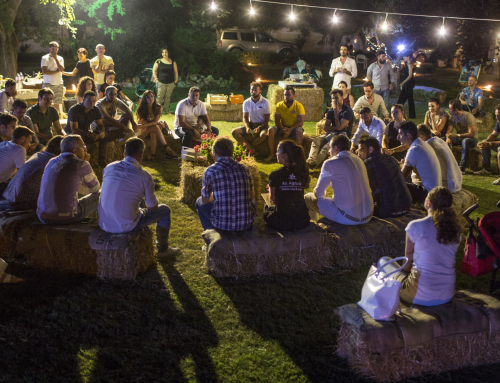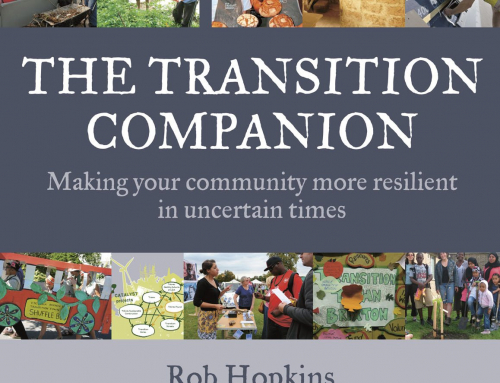Speaking of glossaries, I found another one in a British report about People Centered Design (PCD). This glossary, which is much shorter than the CHI one I mention below, runs briskly from AHRB (Arts and Humanities Research Board) to UX. The latter stands here for User Experience – although UX also reminds my married scrabble-playing self of the word uxorious, or excessively submissive or devoted to one’s wife. Based on encounters with interesting design firms in the US – SonicRim, Smart, Jump, IDEO, Cheskin and Adaptive Path, as well as in-house design teams for BMW, Volvo, Nike, Microsoft and Intel – the report, Innovation Through People-Centred Design, says that people in their social context, rather than task-centered users, should be considered a fundamental source of innovation. Reality and that insight, sadly, are not close together: design firms found it difficult to sell PCD work to clients, the report says. This, one has to say, is hardly surprising: most of the potential clients mentioned are big tech companies. Expecting them to put people first is like expecting a fox to put hens first. I also fear the authors are in for a disappointment when they conclude, ‘We urge all UK technology companies to promote a people-centered culture throughout their organisations’. Yes, People Centered Design is the way of the future, even for tech firms – but it will take more than advocacy to push the transition along. For people to come out on top, human beings will have to be redefined as an asset, rather than a cost, in the economy, and flesh-eating tech companies will have to be forcibly evolved into docile, load-carrying herbivores. I‘m sure HP and Intel, who are sponsoring Doors 8, are comfortable with that picture of their future….



